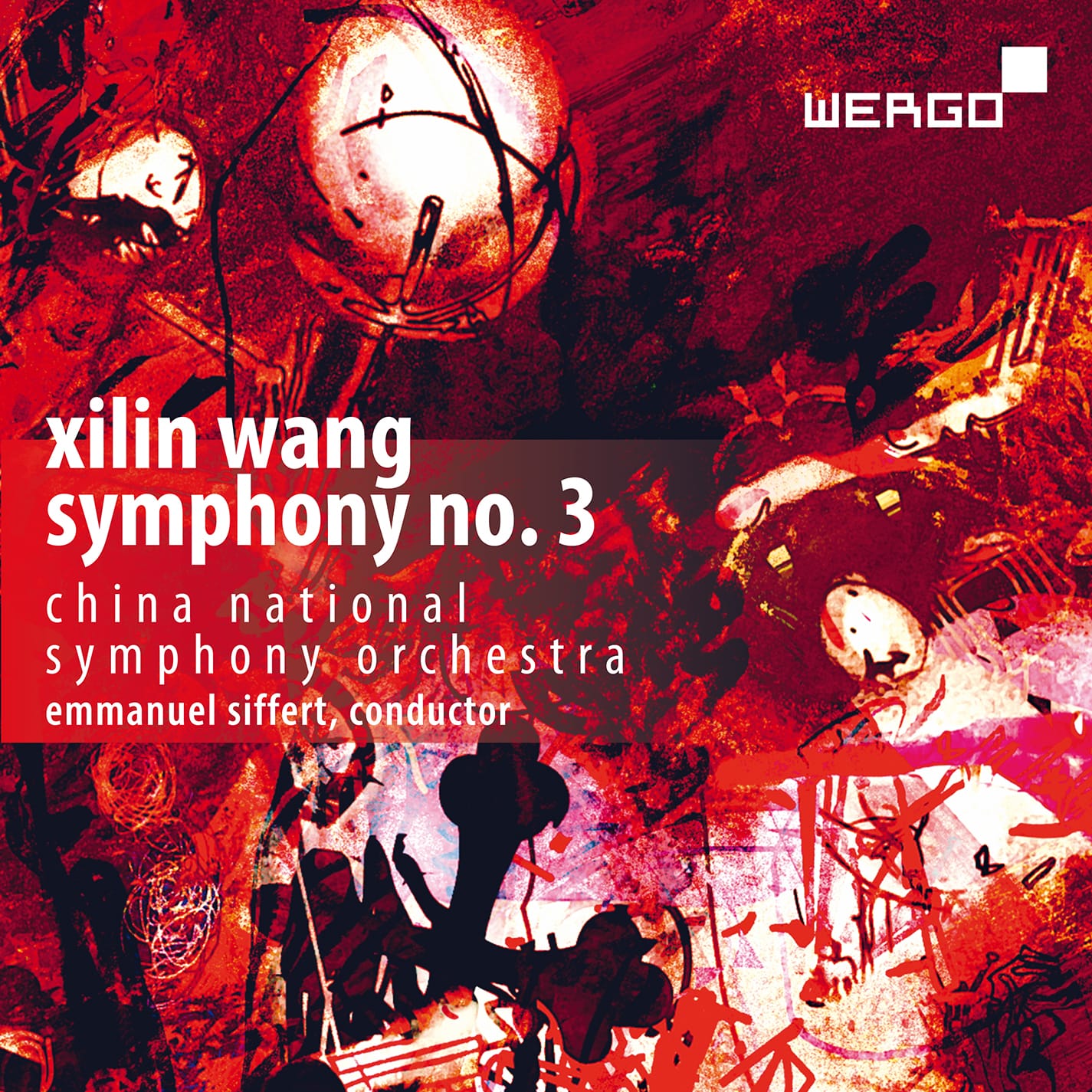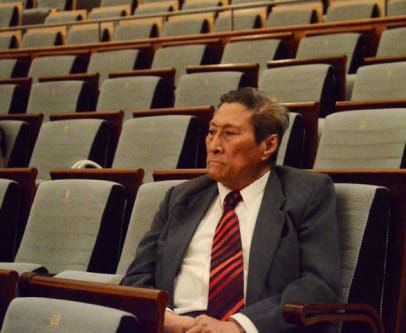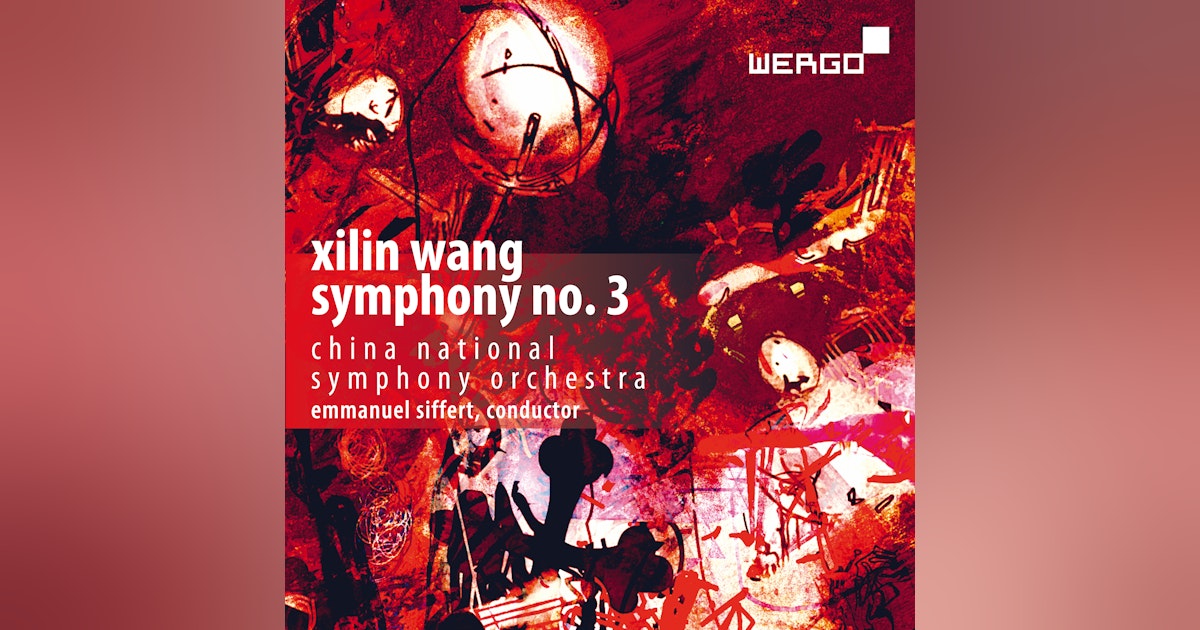
In commemoration of the 1989 Tiananmen Square protests and massacre and dedicated to the people with lofty ideals who pursue democracy and freedom all over the world
Xilin Wang (born 1936) has a high profile in China. He studied composition and conducting at the Shanghai Conservatory of Music, and was awarded the highest Chinese state prize in 1963.
He did criticise of Mao’s cultural policy, however, at which point he was sentenced to 14 years of exile and forced labor. Returning to Beijing in 1978 after the Cultural Revolution, Wang met the European avant-garde, and his music started to incorporate techniques such as Minimalism and clusters.
The four-movement Third Symphony is a “serious meditation” on the ten-year-long “Great Proletarian Cultural Revolution,” and was written under the shadow of the massacre at Tiananmen Square. As Wang says,
I do not wish to write for myself alone, but to depict this long history and the many aspects of humanity it encompasses; I compose for all those who have died.

It is no surprise that appreciation of Wang’s music was expressed simply and potently by a Russian: Professor Valentina Nikolaevna Kholopova of the Moscow Conservatory who wrote, from Beijing in November 18, 1992, that
How I wish the whole world could hear this unique and unknown music. PS, I have leaned that Wang Xilin was sent to penal servitude for 14 years during the Cultural revolution and thrown into prison – and miraculously survived.
Perhaps Wang’s trials and tribulations contribute to the symphony’s demeanour. While the links to Shostakovich are real, even Shostakovich note confusing, later passages – an element that is entirely absent from Wang’s relentlessly intense score.
There is no doubting the shadow of Shostakovich hangs over the first movement, an Adagio beginning with slow-moving lower strings, to which is added a cor anglais. This long opening melody is used as a unifier in the 65-minute piece. This first movement contains hard-raising climaxes (think Shostakovich and Ives combined, or perhaps layered one atop the other) and moments of restrained terror:
Pitted against the Shostakovich-moments are passages of almost barbaric rhythmic force and Modernist woodwind and brass outbursts, the first like an avian LSD party, the second like the brass section simply let loose; then come the Ivesian marching bands. It’s a heady mix, unsettling. It asks much of the listener, but gives so much back in return. Wang delights in block juxtapositions: catering strings, then woodwind, the a raft of percussion adds its undeniable heft.
The closest the symphony gets to light, or even lightness, is the second movement, an Allegro. The overall formal scheme is slow-fast-slow-fast, and here s Wang’s Scherzo, based on a cantus firmus that is a variant of the long theme that opened teh symphony itself. Here, Ives meets Shostakovich who now also meet the Battle Scene from Richard Strauss’ Ein Heldenleben. Scurrying brings move us more towards Ligeti than anyone else. Then there’s the ominous bass passages, the Rückblick to the symphony’s opening, all in a sense of post-apocalyptic numbness and trance topped by that cor anglais This is one heady tapestry that, somehow, makes perfect, if maximally disquieting, sense:
Techniques reminiscent of Penderecki, like notated “bands” of glissandos for strings, reflect the influence of that composer’s Threnos on Wang’s symphony. Slowly sliding glissandos and high registrar gaps again point to Penderecki in this awe-inspiring movement; meanwhile. the central melody of the symphony hovers, a ghost, unfurling slowly like a snake waiting to strike.
It is important to note that control of dissonance is an art, and Wang has it. His harmonic language seems completely consistent. This is magnificent writing, and the slow movement seems to hold the very kernel of Wang’s mastery.
The finale is more multivalent, constantly shifting, dramatic, using gesture and effect more obviously than previously. Here more than anywhere we feel the second par of the symphony’s dedication:
“To the people with lofty ideals who preserve democracy and freedom all over the world”
The sheer tirade and force of the military drums and orchestral heft at the climax match anything Shostakovich wrote; the baseline return thereafter, slow, sill menacing, also could be out of a forgotten Shostakovich symphony:
All of this requires a brilliant recording, and Wergo certainly provides that. Given this is a live performance (April 18, 2018 at the Beijing Concert Hall)
Here is a performance with scrolling score:
The English part of the following video discusses the effects of Tuannnamn Square, 32 years on; that is in English. Sadly the interview with Wang that follows around his Third Symphony is for Chinese speakers only:
The Wergo release is a live performance from Beijing Concert Hall in April 2018; the recording is first-rate. This is not for the faint-hearted, but it is, absolutely, recommended.
The Wergo release is a live performance from Beijing Concert Hall in April 2018; the recording is first-rate. This is not for the faint-hearted, but it is, absolutely, recommended.
The Wergo disc is available at Amazon here. Streaming below:









